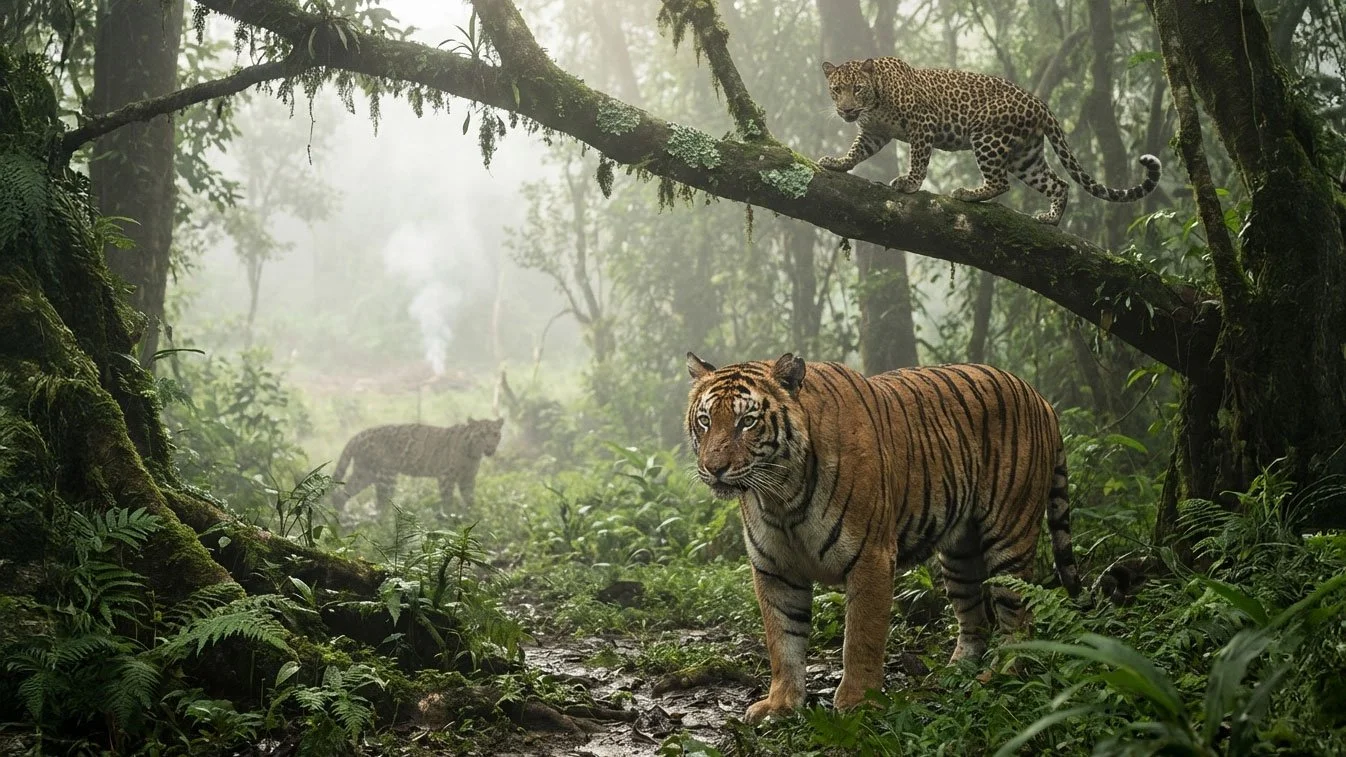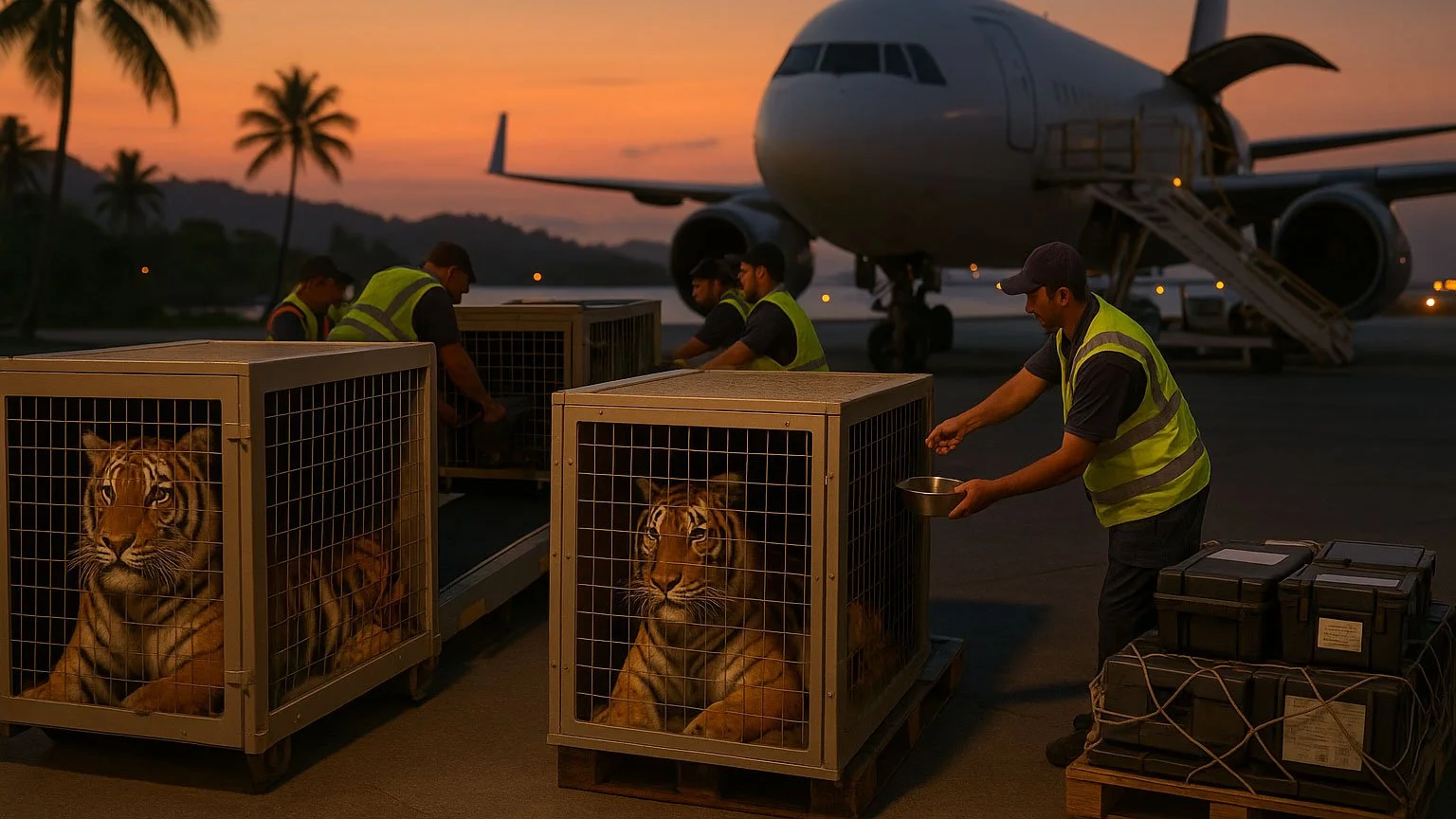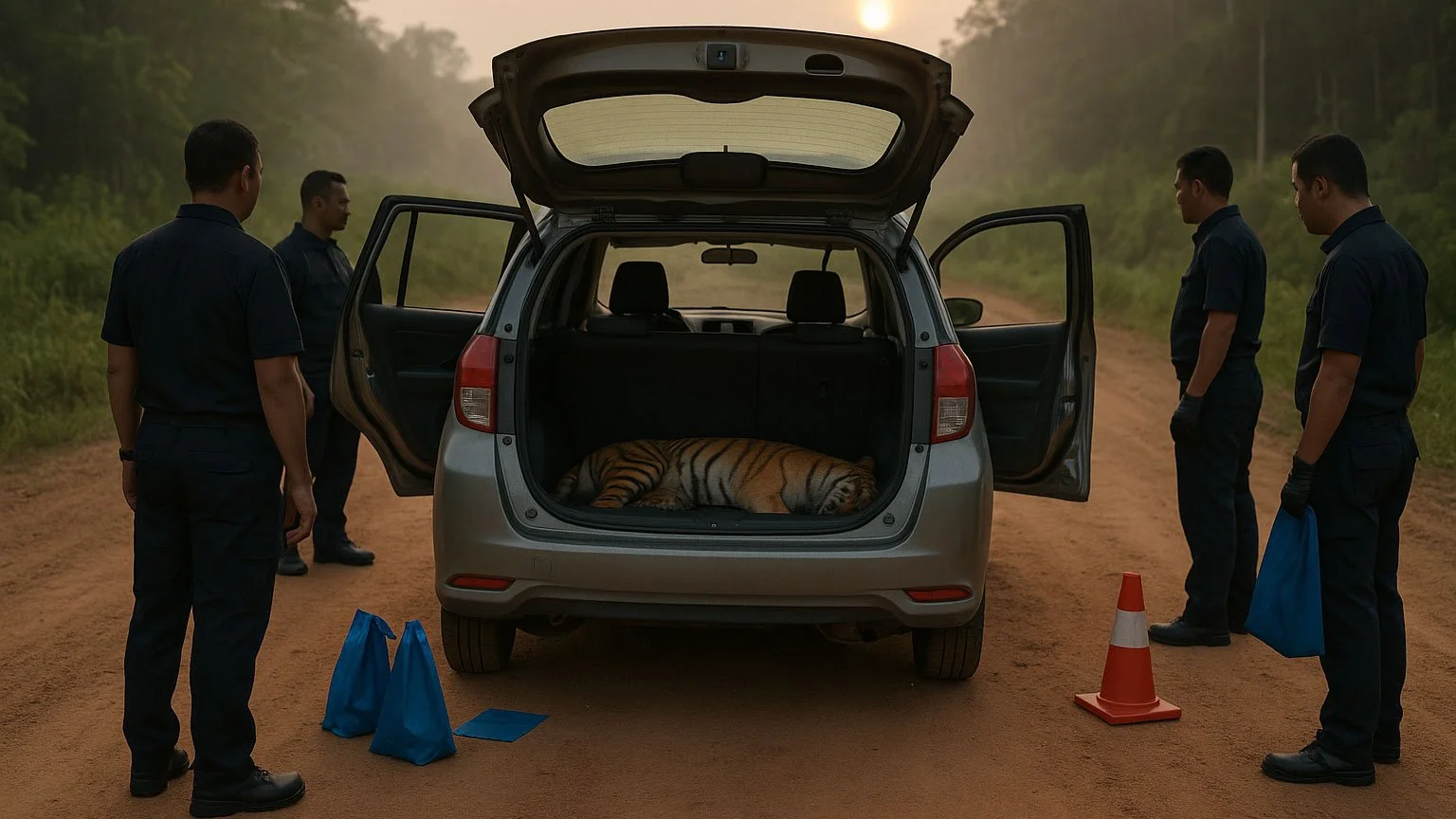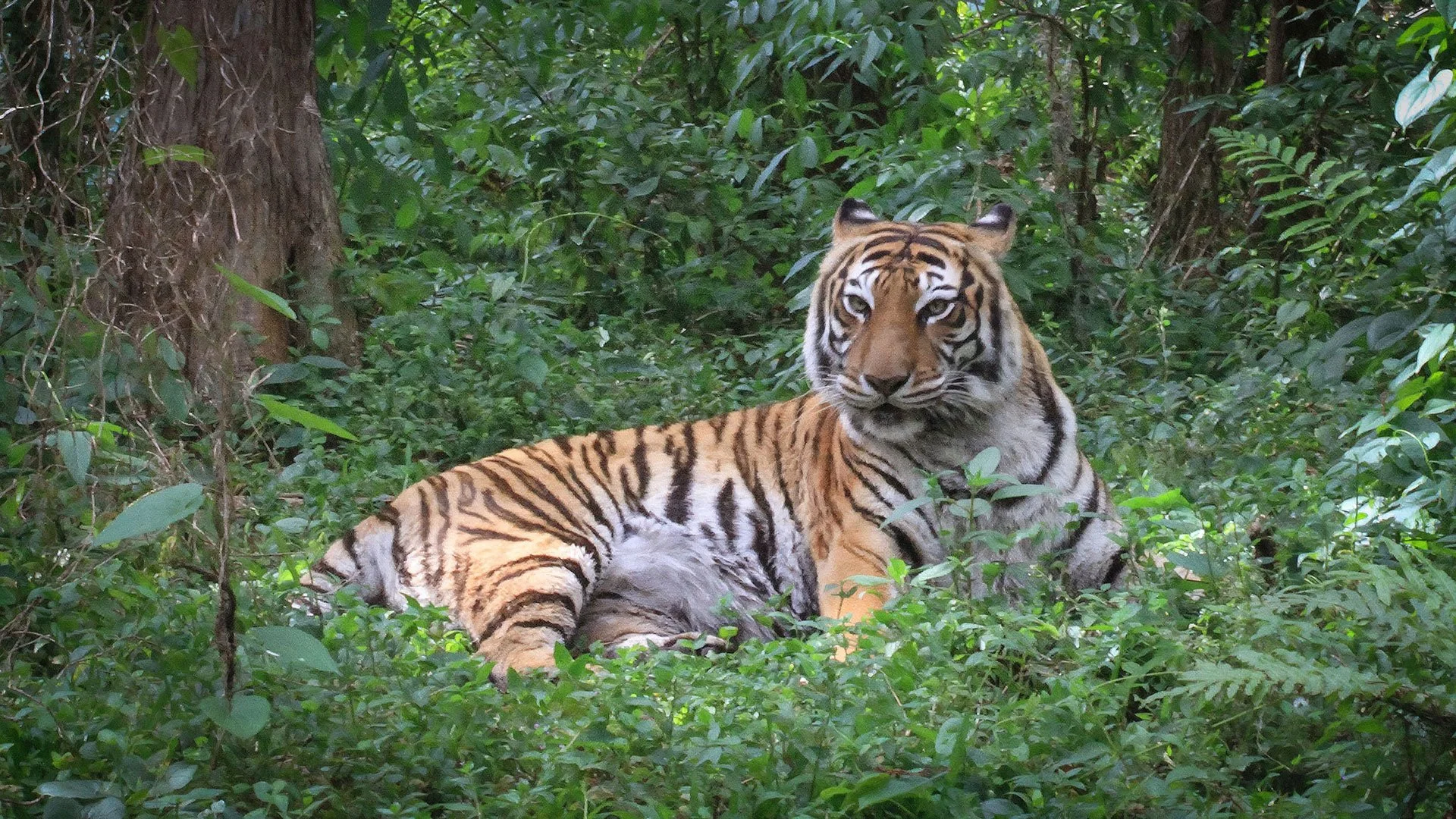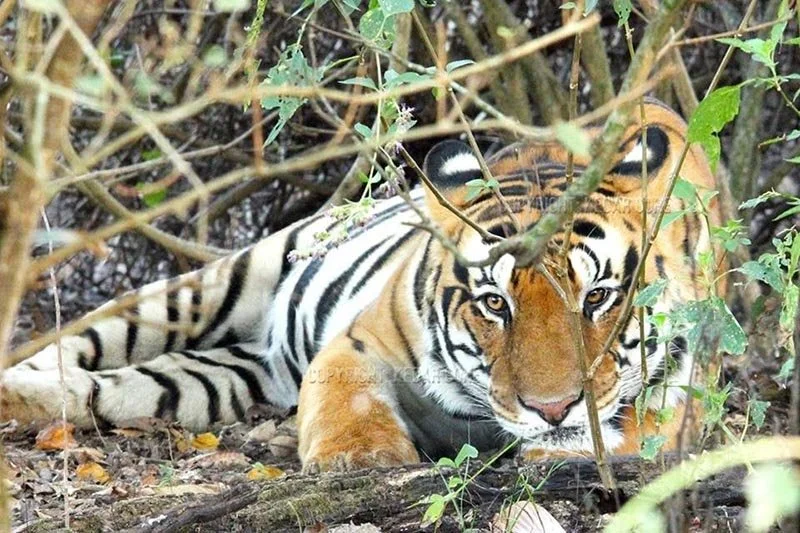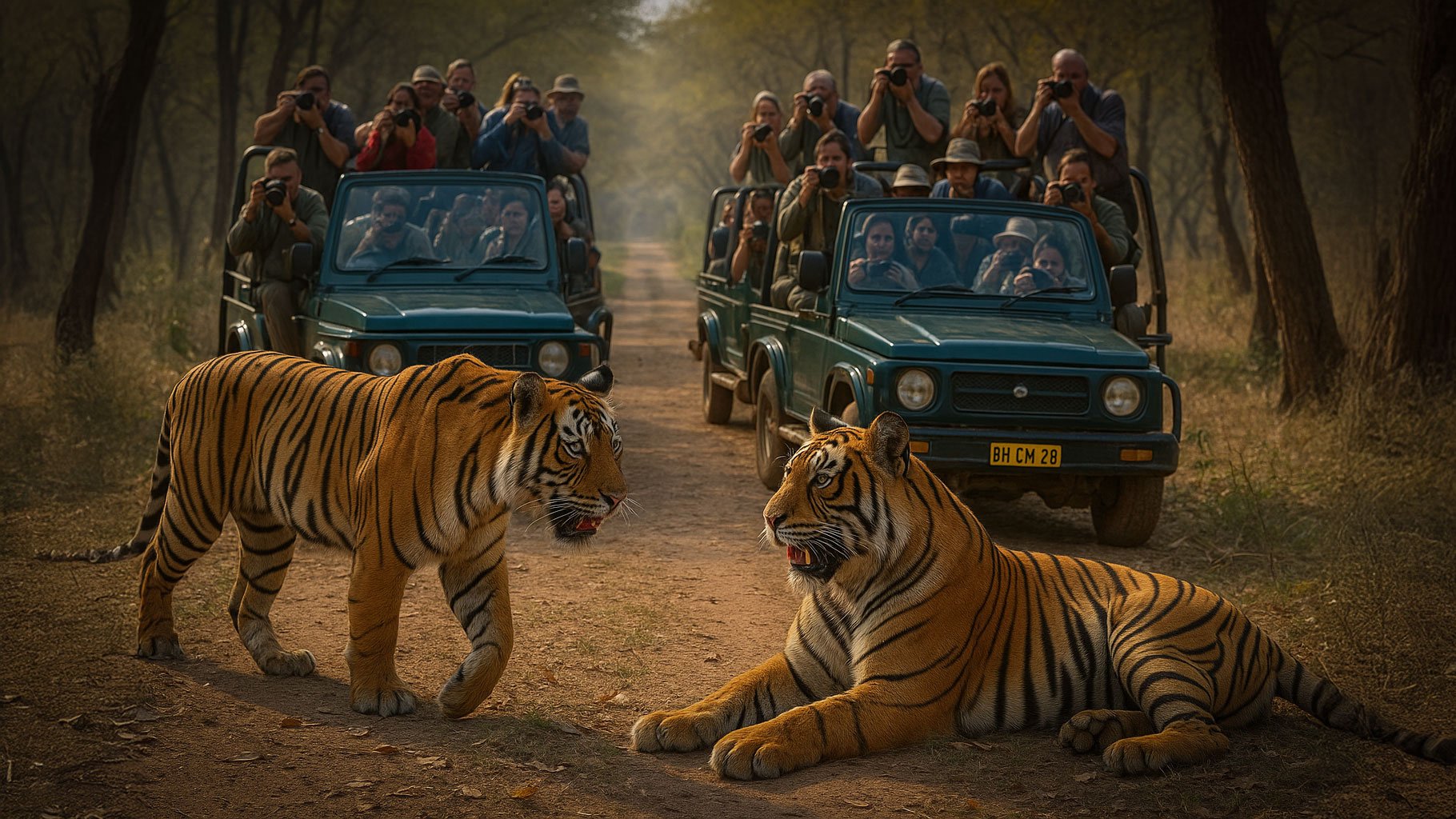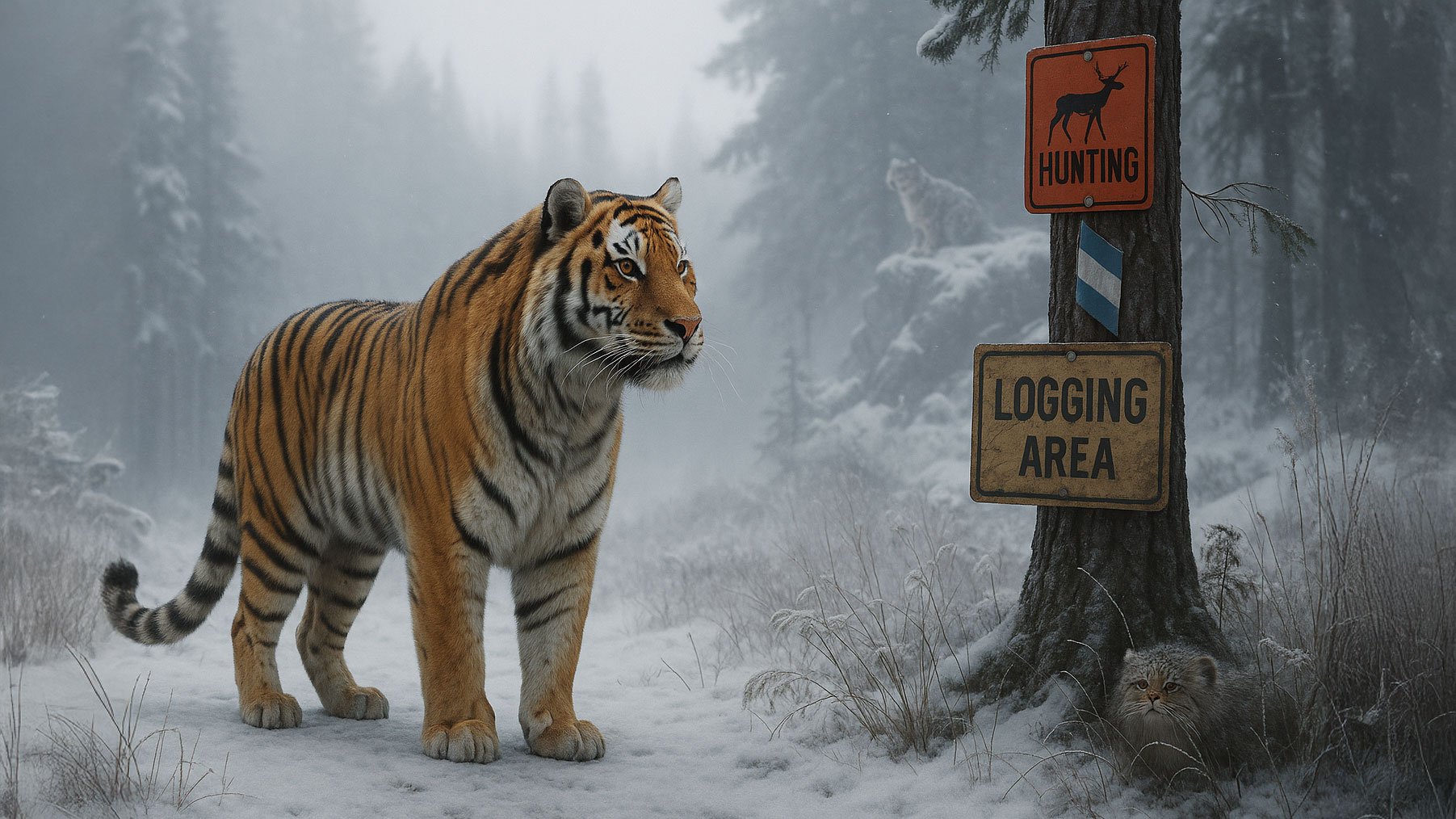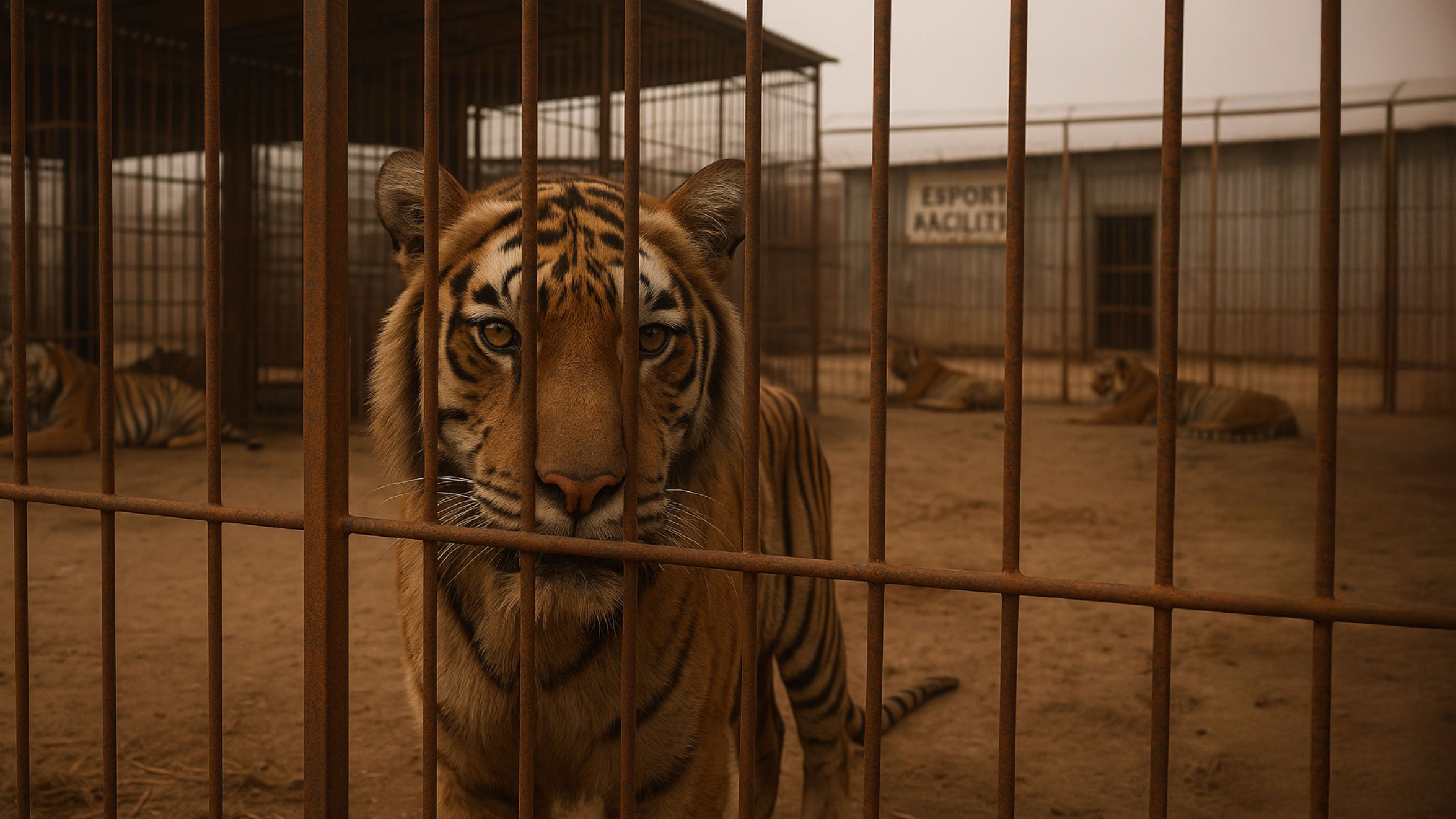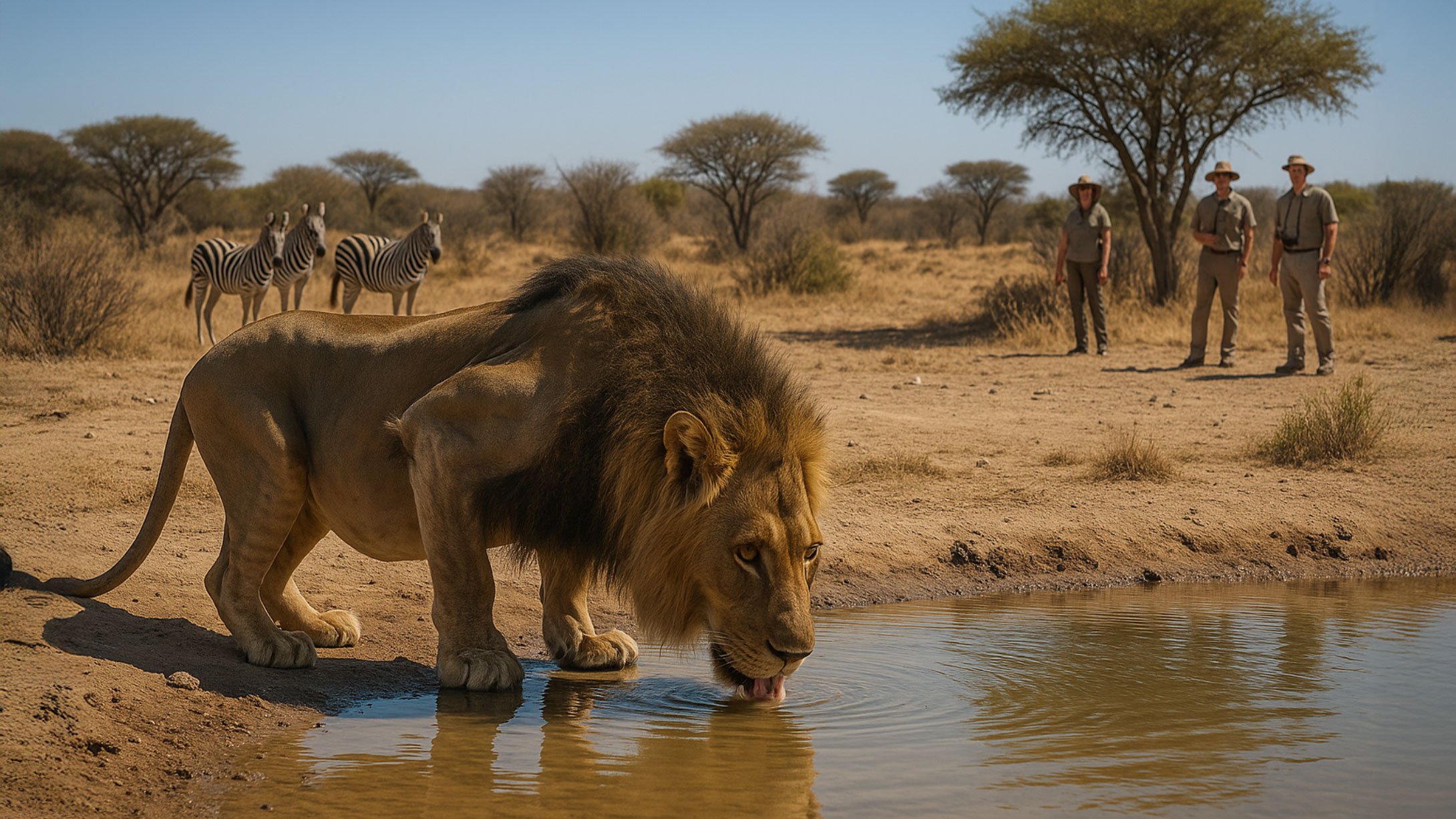Vanishing Stripes: India's Tigers Are Dying Faster Than Ever
In the quiet heart of India’s forests, where the air still holds the echo of ancient roars and the rustle of unseen movement, a tragedy is unfolding—quietly, steadily, and heartbreakingly fast.
In just the first five and a half months of 2025, India lost 91 of its royal Bengal tigers, according to the National Tiger Conservation Authority (NTCA). That’s nearly 17 deaths per month. If this grim trend continues, 2025 will exceed last year’s tragic count of 126 tiger fatalities, which was already the worst in over a decade.
These are not just numbers. They are stories. Stories of cubs orphaned too young to survive, of mothers falling to snares laid for greed, and of majestic males brought down by territorial battles or human conflict. Behind every statistic is a stripe that once moved through the jungle with silent power—and is now gone forever.
A Crisis of Loss
The causes of these deaths are as diverse as they are disturbing: poaching, territorial clashes, electrocution, train collisions, and human-wildlife conflict. While some deaths are from natural causes or intra-species aggression, an alarming 35 tigers died outside protected areas, where they are vulnerable to retaliation, habitat loss, and fatal encounters with infrastructure.
Perhaps even more shocking is the toll this has taken on the next generation. Of the 91 deaths, 14 were cubs. That’s not just a loss for this year—it’s a blow to the future.
Where the Crisis Hits Hardest
Two states—Maharashtra (26 deaths) and Madhya Pradesh (24 deaths)—account for more than half of this year's fatalities so far. These regions, once hailed as strongholds of tiger conservation, now find themselves at the epicenter of a crisis.
Infections and accidents with trains are part of the problem. But so is encroachment—fields eating into forests, railways slicing through corridors, and villages pressing against sanctuaries.
The Wildlife Protection Society of India (WPSI) paints an even starker picture, reporting 120 tiger deaths so far in 2025, with 24 linked directly to poaching and trafficking.
The Irony of India’s Success
India is home to around three-quarters of the world’s wild tigers. In fact, between 2010 and 2022, the population nearly doubled from 1,706 to 3,700, a feat few believed possible.
But that success is now teetering under the weight of unchecked urbanization, fragmented habitats, and inadequate conflict mitigation. As conservationist YV Jhala warns in a recent Science journal study, we cannot afford to be complacent: “While India’s tiger recovery is an extraordinary achievement, challenges remain.”
Despite 157,000 square kilometers of potential habitat, vast stretches remain devoid of tigers due to socio-political instability and environmental degradation.
What Must Be Done—And Urgently
To reverse this tide, experts urge:
Expanding protected areas and linking them with wildlife corridors.
Strengthening anti-poaching enforcement, especially in high-risk zones.
Improving early warning systems and deploying rapid response teams in conflict-prone areas.
Promoting sustainable livelihoods for communities near tiger reserves—so conservation isn’t seen as a threat, but a shared opportunity.
Because here’s the truth: the fate of India’s tigers doesn’t just lie in the jungles—it lies in the choices we make. The land we preserve. The tracks we lay. The tolerance we nurture.
A Roar for the Future
We are at a crossroads.
One path leads to a future where the tiger becomes a story we tell our grandchildren, like the mammoth or the dodo—something we once had.
The other leads to a future where jungles echo with roars, where cubs still tumble through underbrush, and where people and predators find a way to coexist.
If that’s the future you believe in, then lend your voice. Support the work of conservationists. Pressure lawmakers to act. Share this story.
Because a world without tigers is a world with one less wonder—and far less wild.
🌐 Learn More & Get Involved:
Share BigCatRescue.org’s work and learn how you can be part of the movement to save wild cats in the wild—before the silence replaces their song.
Learn more: https://www.dynamitenews.com/national/india-lost-91-tigers-under-six-months-ntca#



